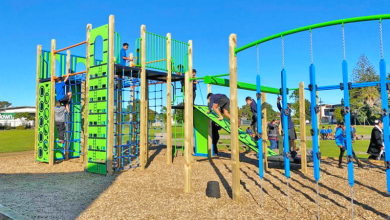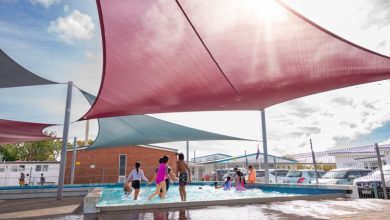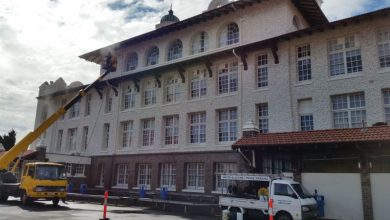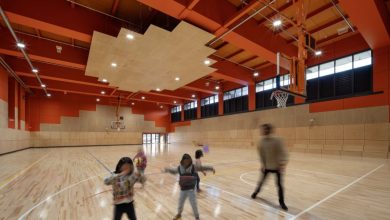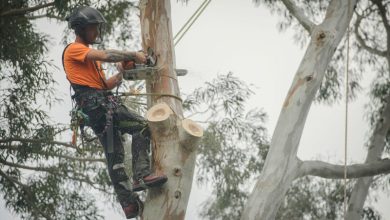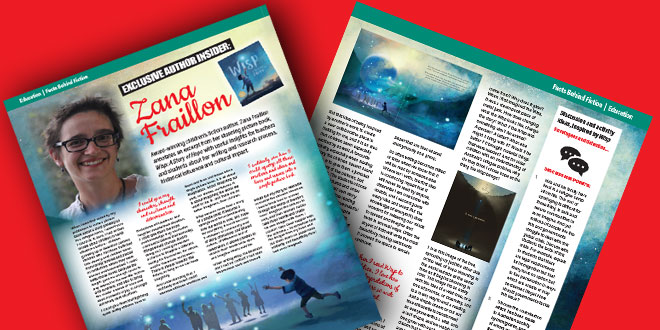Keeping turf in top condition
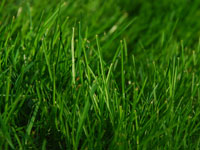
 Do you ever get the feeling that spending money on your school playing field is like throwing money into a dark hole?
Do you ever get the feeling that spending money on your school playing field is like throwing money into a dark hole?
Giving your turf a makeover will pay dividends, and a regular maintenance programme should include fertilising, under sowing, de-compaction and de-thatching, according to the seasons.
The first step, though, is to make sure your grass isn’t suffering from soggy ground conditions.
Drainage is the key here. If surface rain water cannot get away you will soon have puddles and ponding, turning the turf into unsightly muddy areas where grass struggles to grow.
It can all end in tears, especially when it leads to match cancellations week after week, and you find yourself dealing with disappointed children, not to mention their parents.
 |
| Steve Mexted |
And yet it is what’s happening underground, out of sight, that is crucial if you are to have lush green grass growing on top.
So to ensure it’s ‘game on’ whatever the weather, the first step for upgrading school sports fields is to install primary subsoil drains. This is a specialised job where a trencher, pulled by a tractor, cuts a slit at a depth of around 750mm into which Novacoil drainage pipe is laid.
These days laser-levelling technology is used to make sure the whole system works effectively. The trenches are automatically cut at perfect gradients over the whole playing field, helping rainwater to flow through the Novacoil out to perimeter sumps and from there into stormwater drains.
So now you have the primary drains safely tucked away beneath the surface. The next step is to make sure the rainwater can percolate down to reach them. This is where secondary drainage comes into the picture.
One of the most cost-effective types of secondary drainage is known as gravel banding. This is based on an extrusion system, where 300mm deep trenches, cut at right angles to the primary drains, are backfilled with fine gravel or sand. A sand-topping layer is usually applied on top of the gravel, which is soon covered in grass. The beauty of gravel banding is that there is no down time, the playing surface is good to go as soon as the job is done.
So with all your drains in place, what else needs to be done to achieve the perfect sward? Grass, being a living organism, needs food and air.
If the ground is compacted from regular sports use, or vehicles driving on the playing surface, grass growth is going to be affected.
Sports turf companies will be able to offer a range of de-compaction and aeration solutions to promote strong, healthy turf that resists stress and requires less frequent watering.
Of course every situation is different, and one size won’t fit all. The soil type and ground conditions all come into the mix when it comes to finding the best solution for you.
If, for example, your playing field is sitting on a hard pan, rotary de-compaction could be used to shatter the ground, allowing water to move through the soil, encouraging better root depth. The equipment used for this job is towed behind a tractor with turf tyres, and gives a very even ‘heave’ and little soil disturbance. Rocks and stones are not brought to the surface, and the playing field can be used immediately afterwards.
Topdressing is another option to rejuvenate playing fields. This helps to renovate surfaces that have become compacted or uneven, and creates the perfect environment for sowing new seed, which is often done in spring to give the grass a boost.
As the season goes on there may be a build-up of excessive thatch from mowing, effectively choking the grass. To overcome this, sports turf specialists can run over the field with a verti-cutter and sweeper, breathing new life into the grass.
And finally, summer. Long dry spells can be just as tough on turf as an overdose of winter rain. The brown-off can be avoided, however, with a bit of forward planning. When playing fields are renovated, irrigation systems are often installed to ensure that whatever the weather, your grass will perform.


